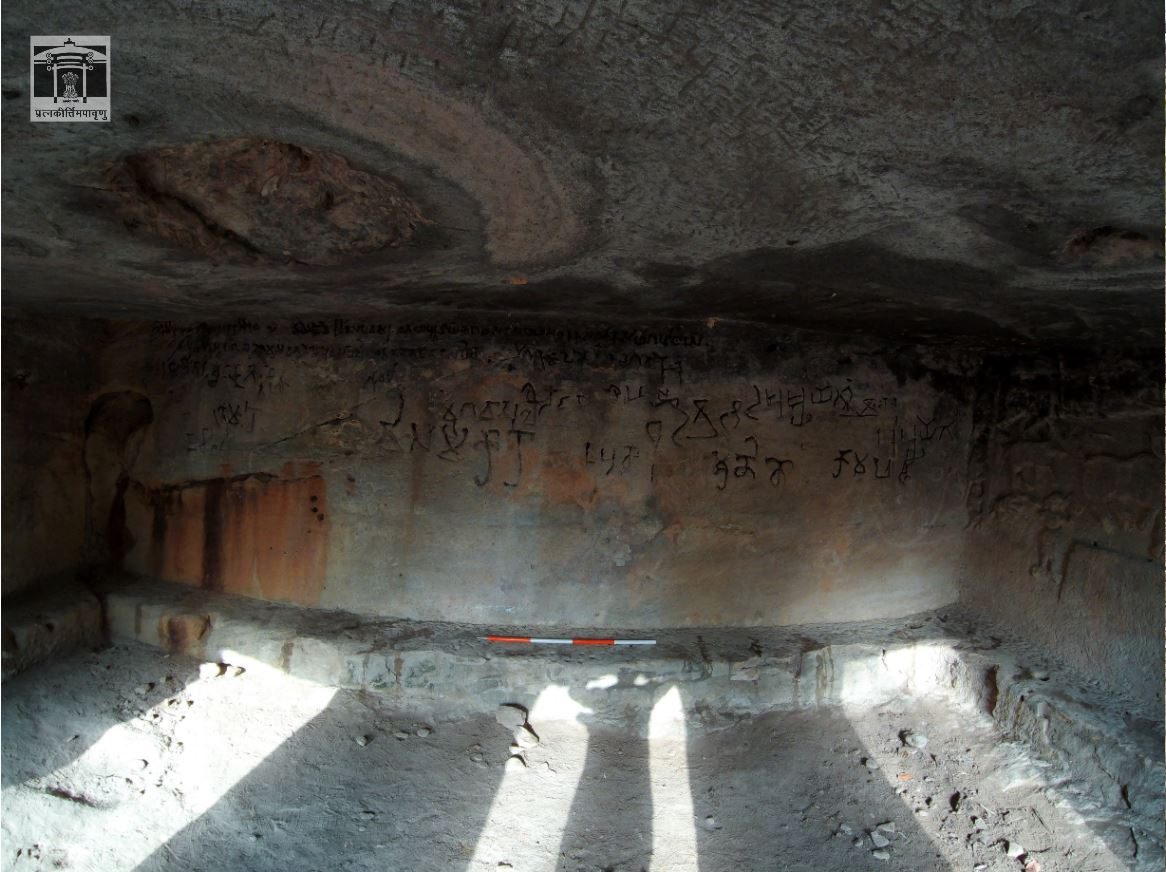The Archaeological Survey of India (ASI) has uncovered lost temples, Buddhist structures and caves in the Bandhavgarh Forest Reserve, located in the Umaria district of Madhya Pradesh, India.
The team were exploring the region for the first time since 1938, focusing their survey over an area of 170 sq km’s that included parts of the closed-off Bandhavgarh Tiger Reserve to protect the biodiversity and Bengal tiger populations.
The survey area is being carried out in three phases, the first of which was completed in the Tala range in May-June 2022. In the next two phases, the Khitouli and Magadhi ranges of the tiger reserve will be explored.
The survey revealed caves and temples, remains of Buddhist structures and mural inscriptions bearing names of cities such as Mathura and Kaushambi in old scripts written in Brahmi, Shankhalipi and Nagari.

“The most startling finding is the remains of the Buddhist structures in the region where a Hindu dynasty ruled. It suggests religious harmony, but who built these Buddhist structures is not yet known,” said an ASI official.
24 inscriptions have been documented which date from the 2nd to 5th century AD, with some also describing the names of Pavata, Vejabharada and Sepatanaairikaa. Inscriptions also name important kings such as Maharaja Shri Bhimsena, Maharaja Pothasiri and Maharaja Bhattadeva.

26 caves have been documented which date to the 2nd century BC to the 5th century AD, 26 temples, 2 monasteries, 2 votive stupas and 46 sculptures.
The team also found the remains of chaitya-shaped doors and cells containing stone beds which were likely constructed by people who worshiped the Mahayana sect of Buddhism.
Some of the smaller finds are board games found in the caves, a monolith depicting the ten avatars of Vishnu, a votive stupa, two Saiva Math belonging to the Kalachuri period and coins belonging to Mughal-era and Sharqi dynasty of Jaunpur Sultanate.
Archaeological Survey of India
Header Image Credit : Archaeological Survey of India





